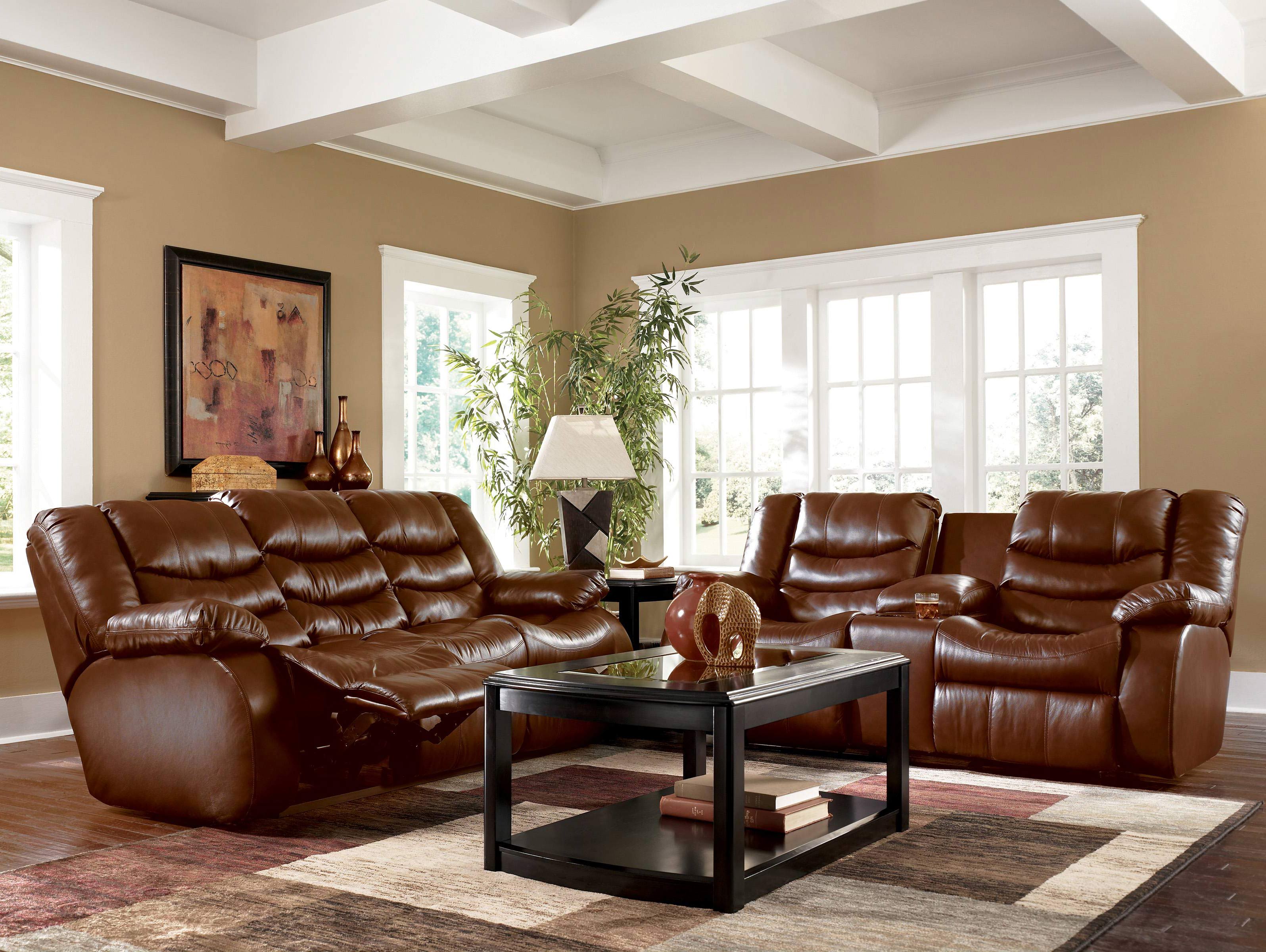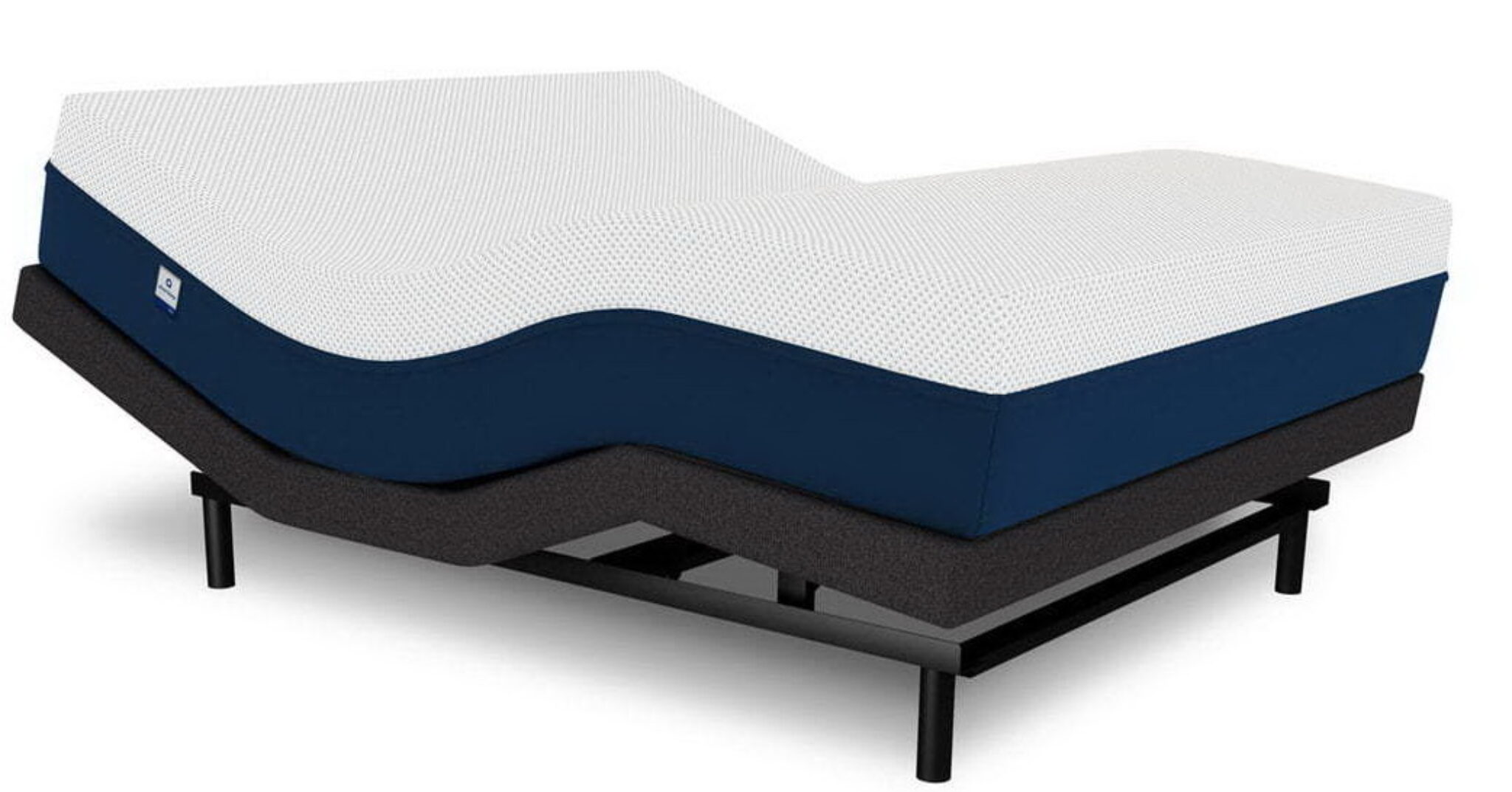Rough Opening Sizes for Interior Doors
It is essential to know the necessary rough opening sizes for interior doors to ensure your new interior doors will fit perfectly in your home. Different door types require different size rough openings for successful installation, as the door must fit securely in the doorway. The standard rough opening sizes for interior doors may vary depending on the type of interior door you’re installing. But the most common measurements for interior door rough openings include 2 feet 8 inches (81 cm) by 6 feet 8 inches (203 cm). To help ensure smooth installation of your interior door, in this article, we will discuss the various types of interior door sizes along with rough opening sizes.
Interior Door Rough Openings
The rough opening for an interior door is measured in two dimensions, the width and the height. The width of the opening should be four inches wider than the width of the door being installed, and the total height should be eight inches higher than the height of the door. So, if your door is a standard 36" (91cm) x 80"(203cm) size, your rough opening would be 40"x88". Depending on the type of interior doors, the exact measurements may vary, and make sure to double-check the rough opening size before beginning your installation.
Standard Interior Door Sizes and Rough Opening Requirements
Standard interior door sizes include 2 feet 8 inches (81cm) wide by 6 feet 8 inches (203cm) tall, 3 feet (91 cm) by 6 feet 8 inches (203 cm), and 3 feet 6 inches (107 cm) by 6 feet 8 inches (203 cm). The standard rough opening sizes for interior doors also vary depending on the type of interior doors you are installing. For example, the rough opening size for a swing door is 2 feet 8 inches (81 cm) by 6 feet 6 inches (198 cm). If the door is a sliding door, the standard rough opening required should be 2 feet 8 inches (81 cm) wide by 6 feet 8 inches (203 cm) tall.
Interior Door Jamb Sizes: What Is The Rough Opening For a Door?
The standard interior door jamb size is 4 inches (10 cm) by 8 inches (20 cm). The dimensions of the rough opening depend on the type of interior door you’re installing. Some door measurements may be 1/4" (0.6 cm) larger or smaller than the standard interior door jamb size. In this case, you can adjust the rough opening size and add an extra 1/8" (0.3 cm) on each side and an extra 1/4" (0.6 cm) to the top.
Interior Door Sizes and Rough Opening Requirements for House Designs
The size of interior door required for a room or area of a home depends on the design, measurements, and style of the house. Interior door sizes can vary from 2 feet 8 inches (81cm) wide by 6 feet 8 inches (203cm) tall to grand-scale designs with exquisitely handmade details. The standard rough opening size should always be larger than the interior door size, and the size of the opening should match the size of the door.
Interior Door Measurements
Measurements for interior door sizes vary, depending on the style of interior door being installed. Some of the most common interior door measurements include 2 feet 8 inches (81 cm) wide by 6 feet 8 inches (203 cm) tall, and 3 feet (91 cm) wide by 6 feet 8 inches (203 cm). For grand-scale interior doors, the measurements may differ, as they can be custom built to fit the size of the house opening.
Measuring for a New Prehung Interior Door Unit
Measuring for a new prehung interior door unit is an essential part of the installation process. To measure for a prehung interior door unit, first measure the height of the door and jamb. The jamb can be determined by measuring the vertical space between the door opening’s top and bottom surfaces. Next, measure the width of the door. The width should be slightly larger than the width of the door unit, allowing room for the hinges.
Rough Opening for Prehung Interior Doors
Determine the correct rough opening for prehung interior doors by measuring the space between the door opening’s top and bottom surfaces. For a prehung interior door, the standard rough opening size should be 4 inches (10 cm) wider than the width of the door, and 8 inches (20 cm) taller than the interior door’s height. If the door unit measures 32 inches (81 cm) wide and 80 inches (203 cm) tall, the necessary rough opening for the door should be at least 36 inches (91 cm) wide by 88 inches (223 cm) tall.
Door Rough Opening Sizes and Charts
Throughout the years, the standard rough opening sizes and measurements for interior doors have been pretty much the same. Usually, the most common measurements for interior door rough openings include 2 feet 8 inches (81 cm) by 6 feet 8 inches (203 cm). Although, it is important to verify the specific rough opening size for your interior door to ensure the dimensions meet the necessary requirements.
Standard Sizes of Interior Doors
The standard size of an interior door is typically 36” (91 cm) wide by 80” (203 cm) tall, but there are other sizes such as 32” (81cm), 28” (71 cm), and 24” (61 cm). Additionally, some styles and designs of interior doors may come in different sizes. For example, an arched top door may measure 40” (102 cm) wide by 82” (208 cm) tall. It is important to measure the area that the door will occupy in order to determine the best size for your interior door.
Rough Opening For Interior Doors - How To Measure And Get It Right
Measuring for a rough opening is essential to ensure the proper fit of interior doors. The most common measurements for interior door rough openings include 2 feet 8 inches (81 cm) by 6 feet 8 inches (203 cm). To determine the rough opening size for your door, measure the total width and height of the door, and add 4 inches (10 cm) to the width and 8 inches (20 cm) to the height of the door. Once you have the correct measurements for the rough opening, you can begin to install your door.
Rough Opening Considerations
 When determining the rough opening size for
interior doors
, there are a few measurements to be taken into consideration. The first action should be to measure the height and width of the existing rough opening. To ensure an accurate measurement, measure several times and take note of the smallest measurements. The width and height may be slightly bigger to allow for shimming and small variations in the framing. The door width should be two inches narrower than the rough opening and the door height should be two inches shorter.
When determining the rough opening size for
interior doors
, there are a few measurements to be taken into consideration. The first action should be to measure the height and width of the existing rough opening. To ensure an accurate measurement, measure several times and take note of the smallest measurements. The width and height may be slightly bigger to allow for shimming and small variations in the framing. The door width should be two inches narrower than the rough opening and the door height should be two inches shorter.
Door Sizing
 Interior doors
come in a variety of sizes, but the most common widths for a single door are 24, 28, 30, 32, and 36 inches, while common heights are 79, 81, and 84 inches. It is also possible to buy smaller or larger doors, however they will be slightly more expensive. Generally, a 6 panel design will fit more easily into the rough opening than an 8 panel design.
Interior doors
come in a variety of sizes, but the most common widths for a single door are 24, 28, 30, 32, and 36 inches, while common heights are 79, 81, and 84 inches. It is also possible to buy smaller or larger doors, however they will be slightly more expensive. Generally, a 6 panel design will fit more easily into the rough opening than an 8 panel design.
Shimming
 When installing the new door, you may need to add some additional wood in the form of a shim. The reason for this is that it can help make sure that the door fits snugly and securely in the door frame. A shim should be placed in the rough opening before the door, and positioned so that the door is evenly balanced on both sides of the frame. The goal is to make sure that the door is totally flush with the frame when it is finished.
When installing the new door, you may need to add some additional wood in the form of a shim. The reason for this is that it can help make sure that the door fits snugly and securely in the door frame. A shim should be placed in the rough opening before the door, and positioned so that the door is evenly balanced on both sides of the frame. The goal is to make sure that the door is totally flush with the frame when it is finished.
Hardware
 Before installing the door, it is important to consider the type of hardware that will be needed. For example, if the door will be a pocket door, special hardware for the pocket mechanism must be installed before the door is mounted. Furthermore, consider the type and style of the door knob and hinges. If heavier doors are being installed, such as those made of steel or a solid wood core, then sturdier hinges and knobs might be required.
Before installing the door, it is important to consider the type of hardware that will be needed. For example, if the door will be a pocket door, special hardware for the pocket mechanism must be installed before the door is mounted. Furthermore, consider the type and style of the door knob and hinges. If heavier doors are being installed, such as those made of steel or a solid wood core, then sturdier hinges and knobs might be required.





























































